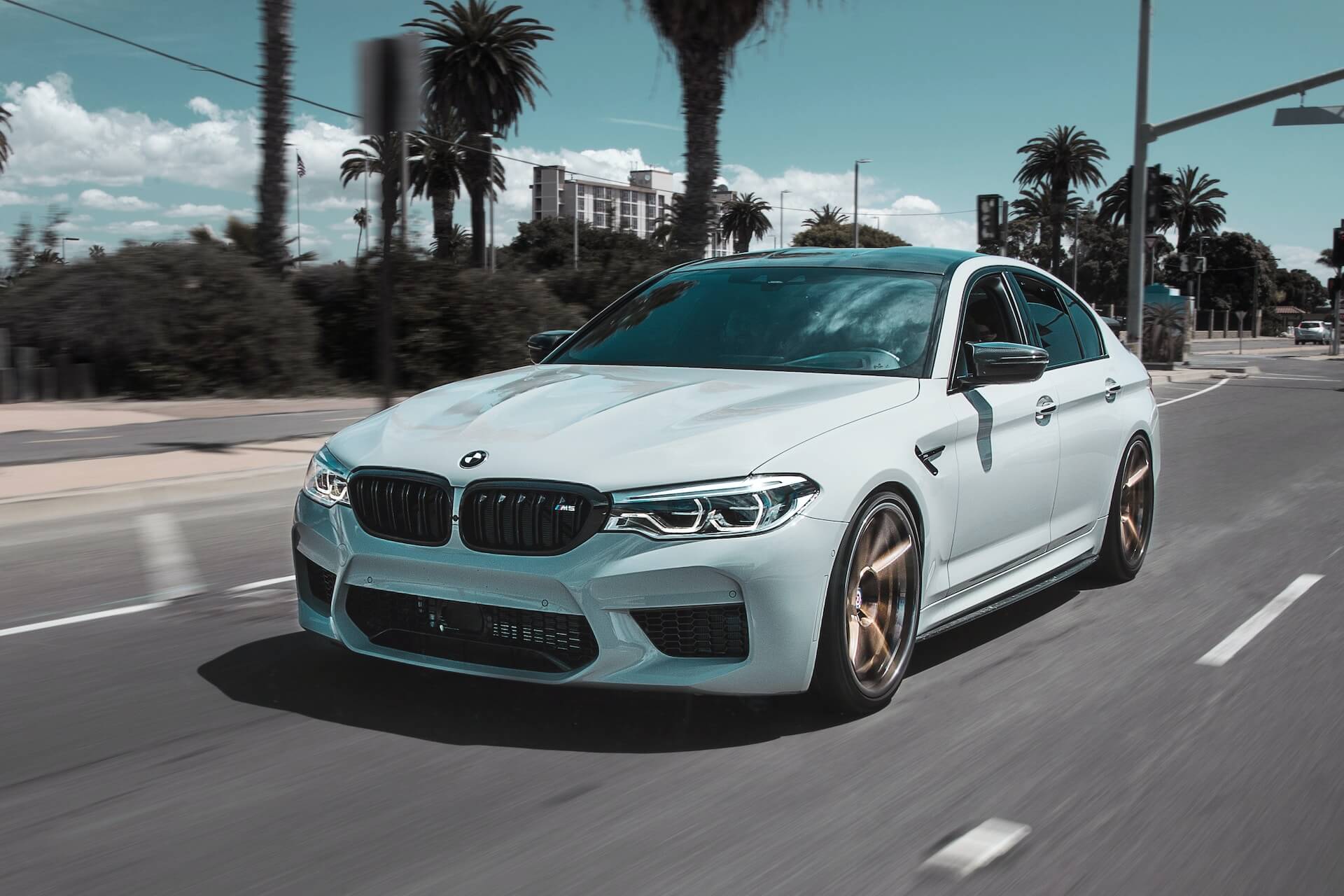Breaking the Bank: Why Are Cars So Expensive Now?
Oct 05, 2023

As an Amazon Associate, Modded gets commissions for purchases made through links in this post.
Have you been to a dealership lately? Car prices are through the roof, marking a sharp change from just a few years ago. Why are cars so expensive now? Car payments rose sharply and now rival your mortgage or rent payment. The automotive industry is enormous, so pinpointing one reason is complex. A multitude of reasons have priced out a lot of buyers, so what gives? Here’s everything you need to know about today’s market.
Why Are Cars So Expensive Now?
The auto industry is part of a large global supply chain, so only a few events can throw everything out of whack. Here’s what’s happened in the last few years to make people wonder why cars are so expensive now.
The Pandemic
It’s hardly surprising the COVID-19 pandemic is a significant factor here. In 2020, car prices started to drop between March and June because many people stayed home — whether willingly or through shelter-in-place orders. Who needs a new car if you stay close to home and don’t travel? However, things didn’t take long to get out of hand. By early 2021, car prices began to skyrocket and haven’t come down.
Reduced Supply
Why did car prices dip and then rise so quickly? There are a few reasons, but the primary one is the automakers slowing down production. They saw the trend of people staying home and decided to reduce the number of cars produced in the factory. Why make cars if nobody is going to buy them?
Automotive production declined by 16% globally, with the automakers producing fewer than 78 million vehicles. That number equates to where production was in 2010 — the middle of an economic crisis. American production, specifically, dropped about 19%. The reduced supply drove up prices in 2021 and 2022. The dealership tags are slightly better now, but the machines are still expensive.
Intentional Supply Reduction
Some automakers have steadily increased production in the last few years to meet pre-pandemic levels. However, others have intentionally kept production low while demand is high. The old strategy used to produce as many cars as possible and increase your market volume. Nowadays, some companies have decided to keep their supply low and prices high.
One way to look at it is to see how many days of supply the automakers have. Ford has 89, Chevrolet has 54, and Jeep has 146. What about Honda, Kia and Toyota? All three have 30 days or fewer. If you see higher price tags for a Civic, Soul or Camry, their market supply is to blame. Some manufacturers have part shortages or other issues, but others have kept supply low to make you pay more.
Supply Chain Disruptions

As we’ve learned since 2020, the supply chain is fragile. Any minor disruption can mess up your purchasing plans — whether you want a car, a home or just a gallon of gas. The supply chain’s fragility extends to the automobile market because we have many manufacturers worldwide. China, the U.S. and Japan are only some of the leading countries in production. You also have to account for Mexico, Brazil, Thailand and other large producers.
The world is more closely aligned with the supply chain than you may think. For example, Russia invaded the Ukraine in early 2022. How did this impact the Camaro in your garage? This conflict increased the price of raw materials like steel and aluminum — necessary metals for your cars. These prices have led to reduced production and increased costs. You can say it’s a small world after all!
Semiconductor Shortage
During the pandemic, we also saw a major semiconductor shortage. These microchips are essential for modern vehicles because they control your engine’s performance, deploy the airbags and allow your infotainment screens to play music and show the GPS. In 2020, many semiconductor factories had to shut down or severely limit production due to strict COVID protocols. This shortage led to decreased automotive production.
Unfortunately, the semiconductor shortage has continued into 2023. S&P Global says the deficit has caused global vehicle production to fall about 524,000 units below manufacturer goals. While the shortage has raged, there are some silver linings. For example, the half-million units pales in comparison to the 9.5 million vehicles lost in 2021 and 3.5 million in 2022.
Interest Rates
In 2020 and 2021, interest rates were near the bottom floor for cars. Even though prices increased, you could still get an excellent interest rate between 4% and 5%. However, that’s changed since 2022.
The Federal Reserve has increased interest rates, making borrowing difficult for banks and other auto lenders. Auto loan interest rates have nearly doubled from December 2021 to August 2023, making cars even more expensive.
How can you get a better deal for the car you buy? One strategy is to pay with cash — whether the entire price or a hefty down payment. Cash makes you a more attractive buyer, prompting the lender to give you better financing options.
Dealership Markups
The reality here in the United States is you have to buy your new car from a dealership. Tesla is the only exception, but their cars will cost you a pretty penny. Going to the dealership can be complicated because they’ll try to sell you a car for much more than it’s worth. That’s why thoroughly vetting the vehicle is essential to ensure you get the most bang for your buck.
However, the dealership costs have become worse in the past few years. These businesses have used line-item markups to hide their price gouging. The dealerships get you in the door with a low manufacturer’s suggested retail price (MSRP) but add pointless fees. Suddenly, your $26,000 Mustang turns into a $38,000 hunk of metal. These tactics are another reason why cars are so expensive now.
When Will Car Prices Normalize?
We wish we could say prices will return to their pre-pandemic levels, but that statement may never come true. Fortunately, there is some hope on the horizon. Industry experts project the fall and early winter of 2023 will introduce price cuts, with some automakers already cutting prices. Plus, vehicle production should outpace sales, which is good news if you’re in the market for a car.
Why Cars Are So Expensive Now
Buying a car is exciting, whether you’re 16 getting your first ride or 36 and ready for a tricked-out whip. Unfortunately, events in the past few years have priced out many consumers. Why are cars so expensive now? There are numerous reasons at play, with the pandemic and supply chain issues mostly to blame.






